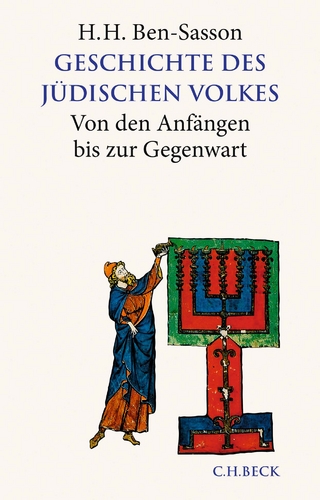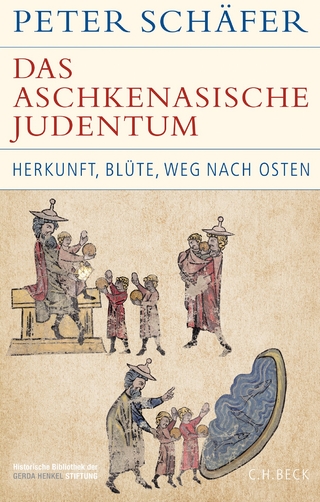
Women and Monastic Buddhism in Early South Asia
Rediscovering the invisible believers
Seiten
2018
Routledge India (Verlag)
978-1-138-48876-2 (ISBN)
Routledge India (Verlag)
978-1-138-48876-2 (ISBN)
This book uses gender as a framework to offer unique insights into the socio-cultural foundations of Buddhism. It discusses the multiple roles played by women as patrons, practitioners, lay and monastic members and so on within Buddhism as well as individual experiences, and their equations with others and relationships at different levels.
This book uses gender as a framework to offer unique insights into the socio-cultural foundations of Buddhism. Moving away from dominant discourses that discuss women as a single monolithic, homogenous category—thus rendering them invisible within the broader religious discourse—this monograph examines their sustained role in the larger context of South Asian Buddhism and reaffirms their agency. It highlights the multiple roles played by women as patrons, practitioners, lay and monastic members, etc. within Buddhism. The volume also investigates the individual experiences of the members, and their equations and relationships at different levels—with the Samgha at large, with their own respective Bhikşu or Bhikşunī Sangha, with the laity, and with members of the same gender (both lay and monastic). It rereads, reconfigures and reassesses historical data in order to arrive at a new understanding of Buddhism and the social matrix within which it developed and flourished.
Bringing together archaeological, epigraphic, art historical, literary as well as ethnographic data, this volume will be of interest to researchers and scholars of Buddhism, gender studies, ancient Indian history, religion, and South Asian studies.
This book uses gender as a framework to offer unique insights into the socio-cultural foundations of Buddhism. Moving away from dominant discourses that discuss women as a single monolithic, homogenous category—thus rendering them invisible within the broader religious discourse—this monograph examines their sustained role in the larger context of South Asian Buddhism and reaffirms their agency. It highlights the multiple roles played by women as patrons, practitioners, lay and monastic members, etc. within Buddhism. The volume also investigates the individual experiences of the members, and their equations and relationships at different levels—with the Samgha at large, with their own respective Bhikşu or Bhikşunī Sangha, with the laity, and with members of the same gender (both lay and monastic). It rereads, reconfigures and reassesses historical data in order to arrive at a new understanding of Buddhism and the social matrix within which it developed and flourished.
Bringing together archaeological, epigraphic, art historical, literary as well as ethnographic data, this volume will be of interest to researchers and scholars of Buddhism, gender studies, ancient Indian history, religion, and South Asian studies.
Garima Kaushik is assistant archaeologist in the Chandigarh Circle of the Archaeological Survey of India. She has excavated at a number of important historic and protohistoric archeological sites in the country including Sravasti, Dholavira, Govishana and Adi Badri. She has been actively involved in academic as well as field research on early Buddhist historical sites for over 15 years.
List of Map and Figures. List of Plates. Acknowledgements. Preface. List of diacritical marks. Abbreviations. Introduction. 1. Sacred Spaces and the Feminine in Buddhism 2. Locating the Bhiksuni: Identifying Nunneries 3. Exploring Women’s Space: Conflict between The Social and the Asocial Worlds 4. Women as Patrons Conclusion. Bibliography. Index
| Erscheinungsdatum | 07.01.2018 |
|---|---|
| Reihe/Serie | Archaeology and Religion in South Asia |
| Zusatzinfo | 7 Tables, black and white; 14 Line drawings, black and white; 9 Halftones, black and white; 23 Illustrations, black and white |
| Verlagsort | London |
| Sprache | englisch |
| Maße | 138 x 216 mm |
| Gewicht | 453 g |
| Themenwelt | Geisteswissenschaften ► Archäologie |
| Geisteswissenschaften ► Geschichte ► Regional- / Ländergeschichte | |
| Geschichte ► Teilgebiete der Geschichte ► Religionsgeschichte | |
| Geisteswissenschaften ► Religion / Theologie ► Buddhismus | |
| Naturwissenschaften ► Geowissenschaften ► Geografie / Kartografie | |
| Sozialwissenschaften ► Soziologie ► Spezielle Soziologien | |
| ISBN-10 | 1-138-48876-3 / 1138488763 |
| ISBN-13 | 978-1-138-48876-2 / 9781138488762 |
| Zustand | Neuware |
| Informationen gemäß Produktsicherheitsverordnung (GPSR) | |
| Haben Sie eine Frage zum Produkt? |
Mehr entdecken
aus dem Bereich
aus dem Bereich
Von den Anfängen bis zur Gegenwart
Buch | Hardcover (2022)
C.H.Beck (Verlag)
34,00 €
Herkunft, Blüte, Weg nach Osten
Buch | Hardcover (2024)
C.H.Beck (Verlag)
39,00 €


